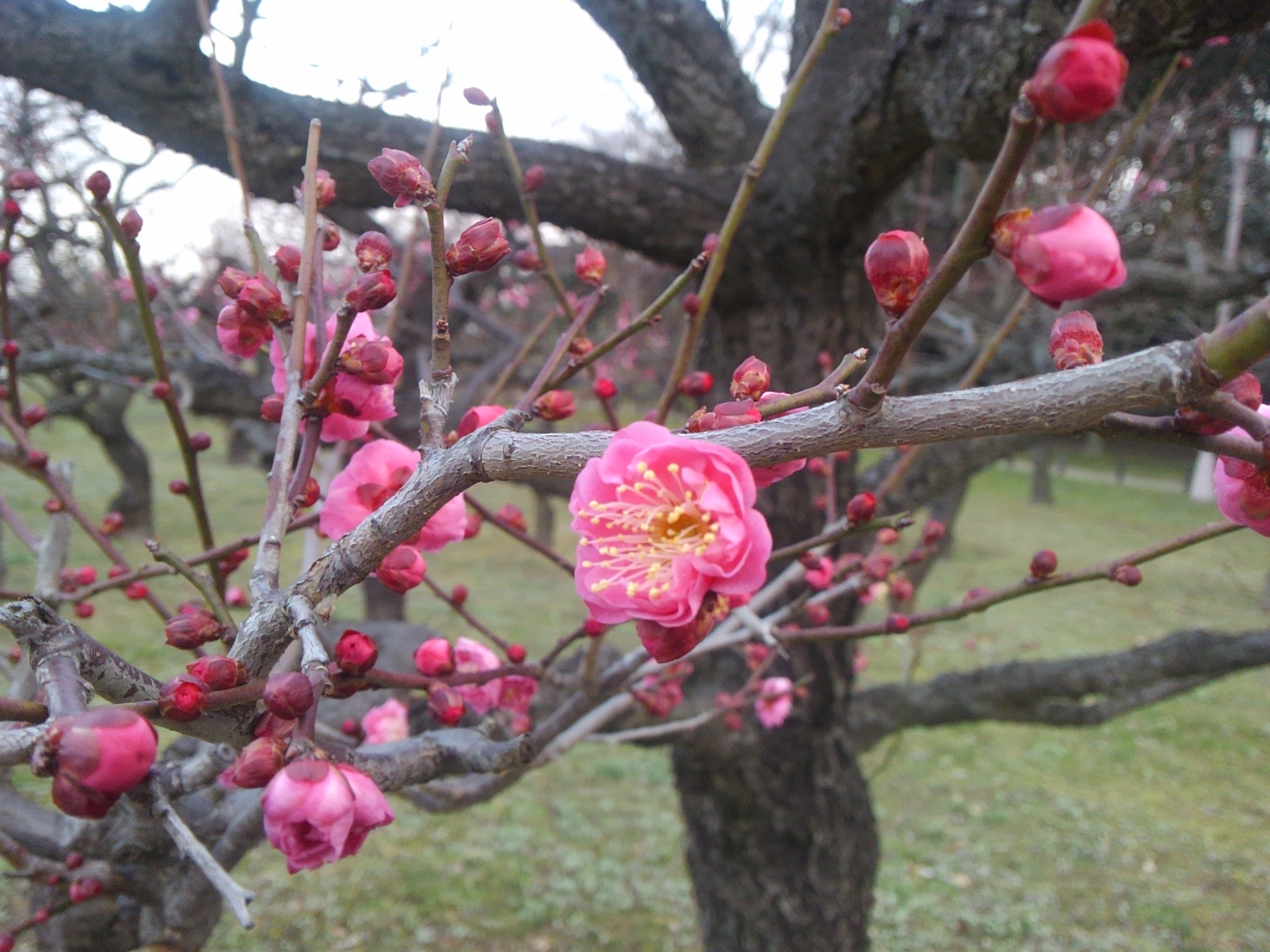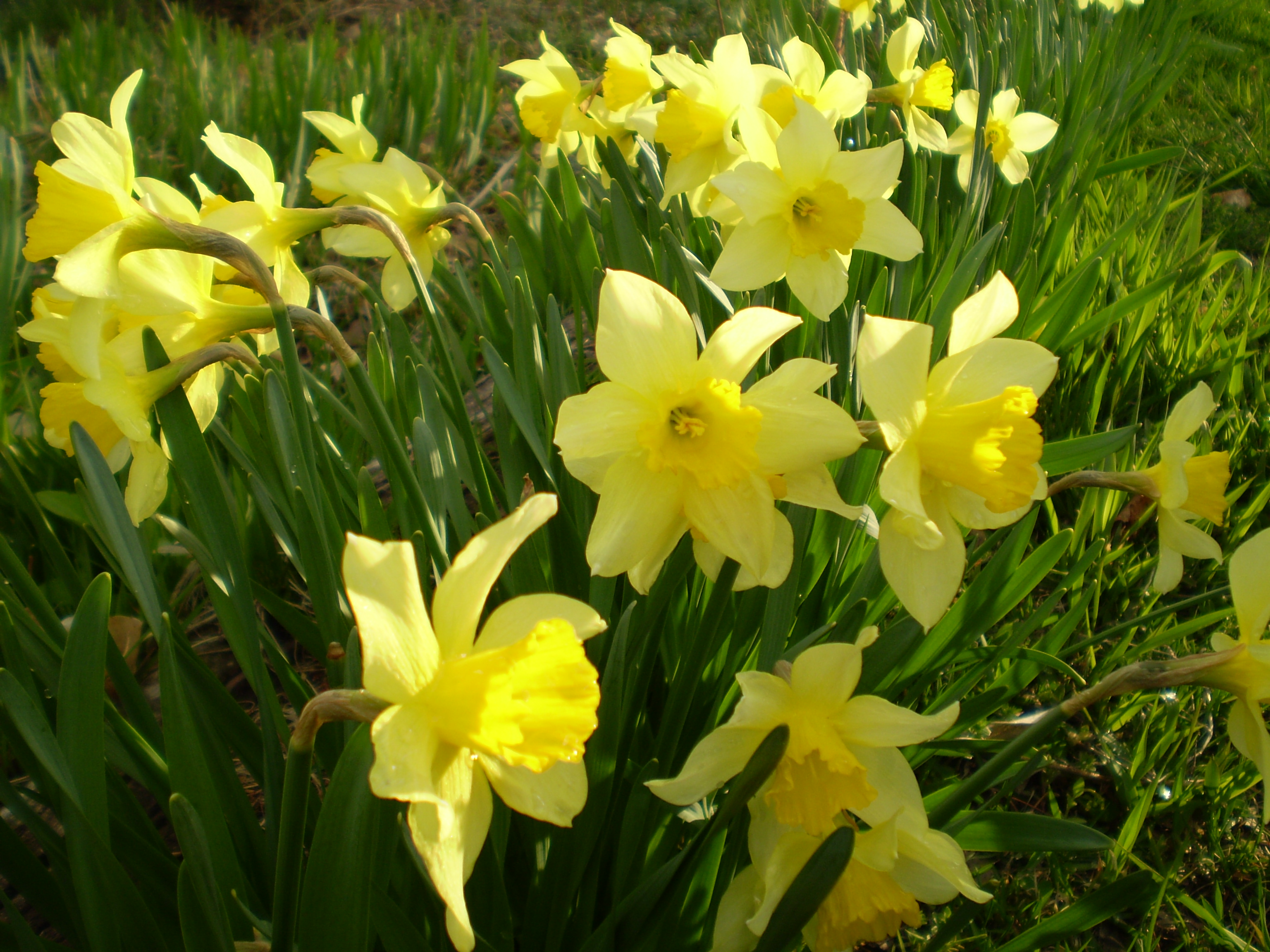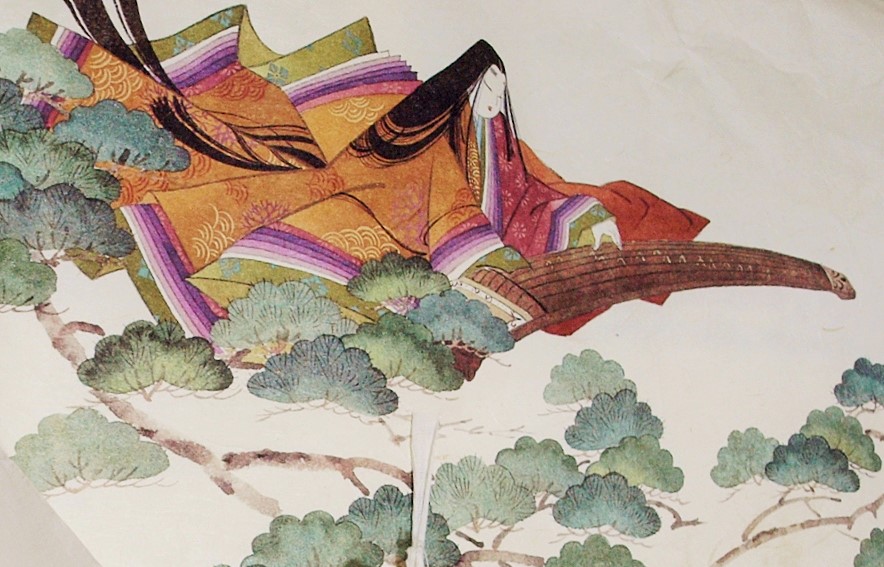Sho (松): pine/ chiku (竹): bamboo/ bai (梅): plum trees
Pine, bamboo and plum trees (Japanese apricot): putting these three names of the trees together makes the phrase “Shochikubai”, which is the symbolic expression of auspicious matters.
These plants are highly valued in winter because they are strong against the cold, and found as symbols of good luck and long life. They are used as felicious decorations for celebratory, events, as at weddings or with the New Year’s pine and bamboo kadomatsu decorations.
Kadomatsu>> To prepare for new year in Japan
松・竹・梅、これら3つの木の名を1つの熟語にして「松竹梅」といい、めでたいものの象徴的な表現に使います。この3つの植物は寒さに強いことから、冬に珍重され、福や長寿のシンボルになっているのです。
結婚式や正月の門松などの祝いごとの飾として使われいますね。
Pine (松)
In the Sho-chiku-bai combination, the pine is the first mentioned. It is a evergreen plant. So pine is valued as a symbolic plant for long life and youthful.
松竹梅の中でも、松は別格。常緑樹なので、それゆえ松は長寿と若々しさの象徴として存在しているのです。
Bamboo (竹)
The bamboo is used as raw material for handicrafts. Moreover, banboo design is popular.
竹は細工物として有用で、さらには竹のデザインも人気があります。
Pater sliding doors >> Nagoya Castle
Plum trees (梅)
Japanese love plum tree. We enjoy for its flowers and apricots since ancient times.
日本人は梅が好き。その花も実も大昔から皆大好き。






この3種の植物はよく日本画に描かれてきました。
Pater sliding doors >> Nagoya Castle

















